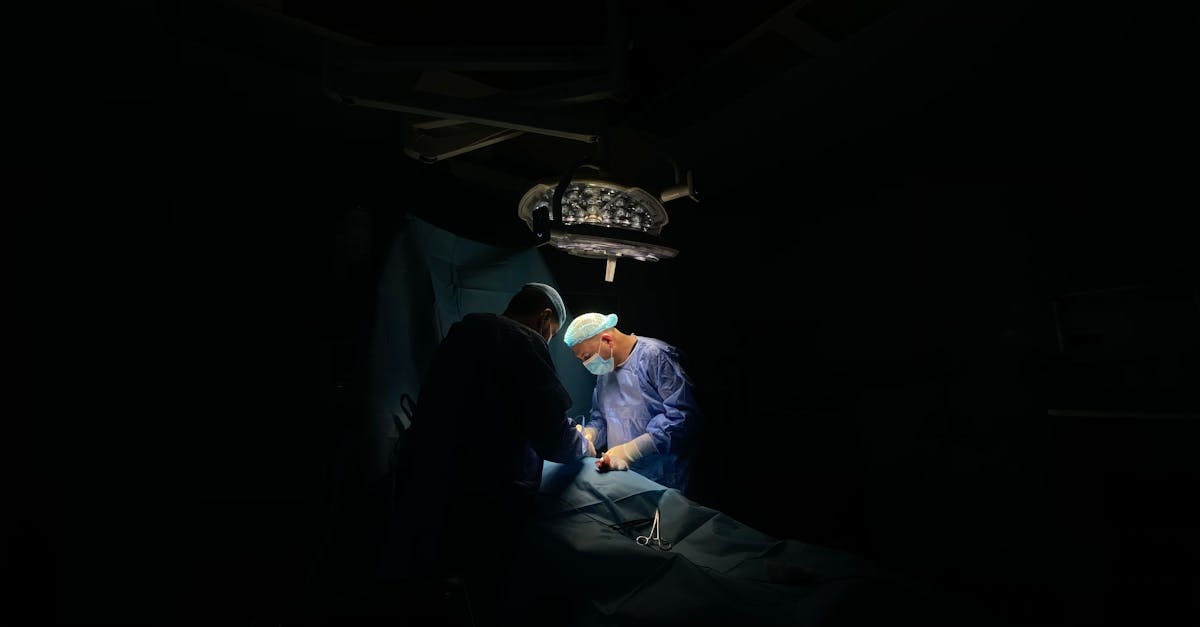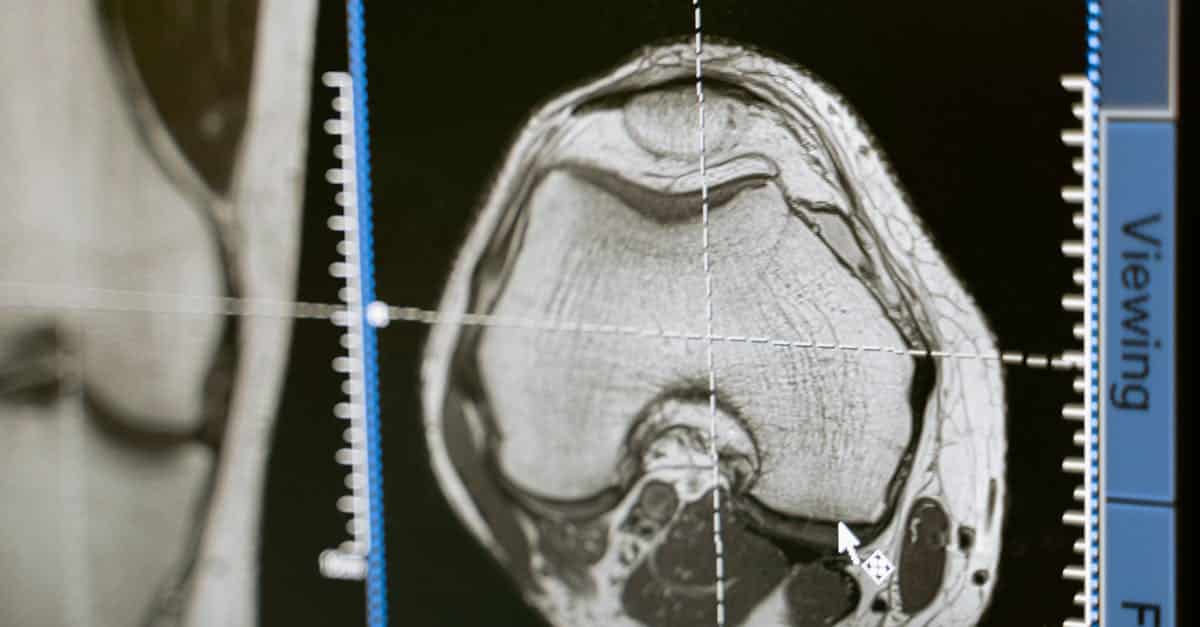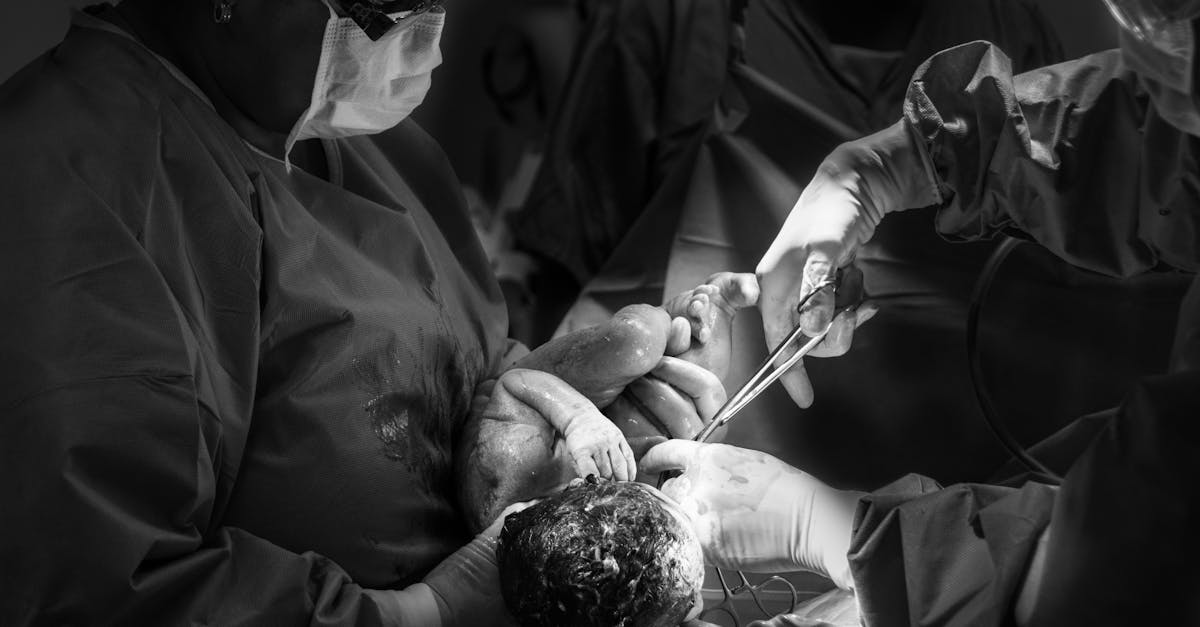Minimally invasive surgery is increasingly establishing itself as a preferred approach for elderly patients. This innovative method offers solutions that reduce physical trauma and recovery times. Let us therefore evaluate the considerable advantages that this technique presents while remaining attentive to the risks that may be associated with it.
Technological advancements now allow for operations with much smaller incisions, thus reducing post-operative pain and hospital stays. Consequently, patients benefit from a quick recovery and an improved quality of life after the intervention. However, it is essential to thoroughly examine the potential complications that may arise in the context of surgical procedures, particularly in elderly patients, who are often affected by comorbidities.
The advantages of minimally invasive surgery
Minimally invasive surgery includes several innovative techniques such as laparoscopy, which allow for surgical interventions with minimal trauma. These techniques present several specific advantages for elderly patients:
Reduction of post-operative pain
Traditional surgical techniques often involve significantly larger incisions, resulting in much stronger pain after surgery. In contrast, minimally invasive surgery results in smaller incisions, which minimizes pain and accelerates the resumption of daily activities.
Shorter hospitalization
Patients undergoing minimally invasive surgery generally spend less time in the hospital. This reduction in hospitalization times is particularly beneficial for elderly individuals, who may be more vulnerable to nosocomial complications due to prolonged stays.
Improved recovery
Another positive consequence of minimally invasive surgery is the generally shorter recovery time compared to conventional surgical techniques. Elderly patients are often more sensitive to the side effects of surgery; therefore, allowing them to recover quickly at home is a significant advantage.

The risks associated with minimally invasive surgery
Despite the numerous advantages, several risks must be taken into account before opting for this method, particularly for elderly patients whose health status may vary.
Potential complications
Surgical procedures, even minimally invasive ones, carry complications such as bleeding, infections, or organ damage. It is crucial to discuss these risks with each patient to establish a personalized strategy.
Technical requirements
Minimally invasive surgery requires specific equipment as well as adequate training. Not all medical facilities are equipped to perform these interventions. It is therefore vital to ensure that the practitioner has the necessary expertise before considering this approach.
Contraindications
Some patients may not be good candidates for minimally invasive surgery due to their health condition or comorbidities. A thorough assessment by a team of healthcare professionals is essential before proceeding with the operation.
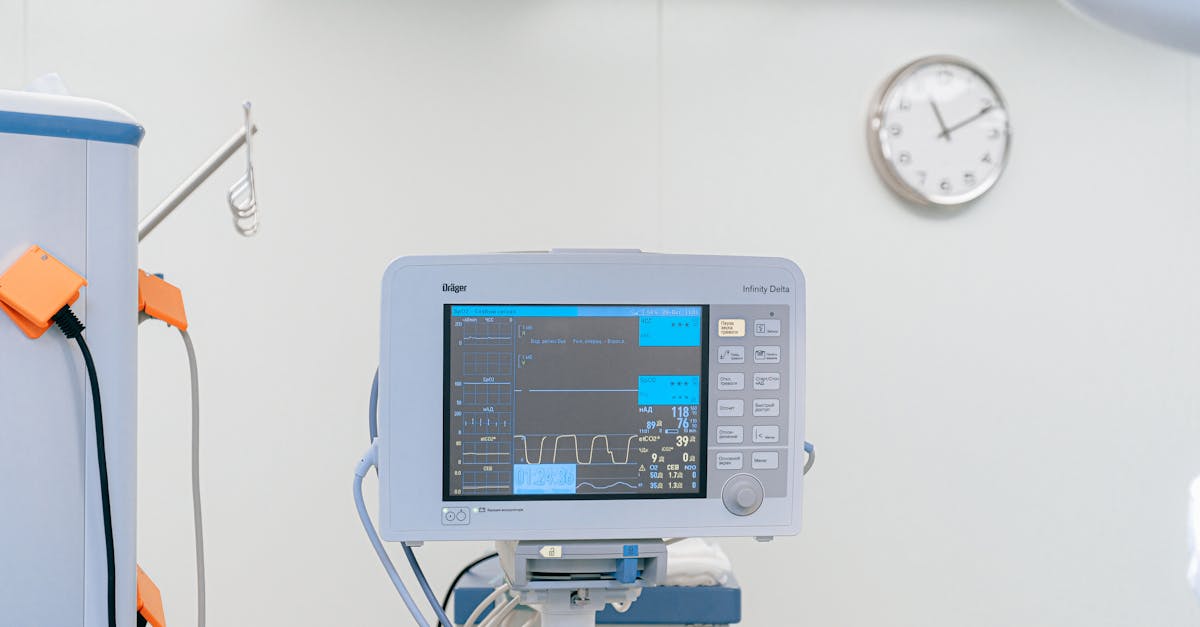
Examples of minimally invasive interventions
Several types of operations can be performed using minimally invasive techniques, opening the door to a wide range of interventions, including:
Orthopedic surgery
In the field of orthopedic surgery, procedures such as knee arthroscopy allow for the treatment of lesions without the need for complex open surgery. Elderly patients suffering from joint pathologies can therefore benefit from a less invasive approach and accelerated recovery.
Abdominal surgery
Abdominal interventions such as laparoscopic cholecystectomy, which involves removing the gallbladder, also present significant advantages for elderly patients. Less pain, lower infection risks, and faster return home are typically observed.
Cardiac surgery
Minimally invasive cardiac surgery methods, such as valve replacement procedures, are rapidly developing. These less traumatic techniques offer treatment options for elderly patients who may have significant physical restrictions.
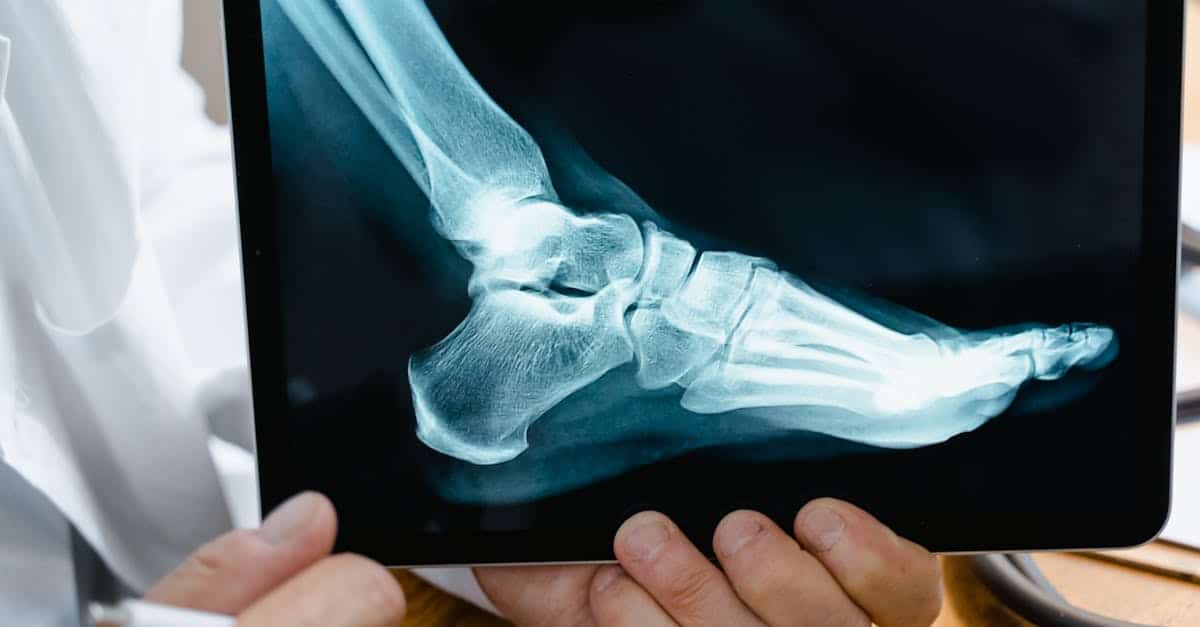
Multidisciplinary care
A crucial issue in the management of elderly patients in minimally invasive surgery is a multidisciplinary approach, ensuring a complete assessment of risks and benefits for each individual.
Pre-operative support
Before the operation, patients should benefit from a thorough evaluation by a team comprising doctors, nurses, and possibly social workers. This ensures that any risk factors are taken into account to minimize potential complications.
Post-operative follow-up
Close monitoring after the intervention is essential to quickly detect possible complications. The prohibition of premature return home must be studied to ensure patients’ safety. Post-operative assessment strategies help to better anticipate and address potential issues.
Rapid rehabilitation
Rehabilitation programs specifically designed for elderly patients after minimally invasive surgery play a vital role in recovery. By combining adapted physical activities and psychological support, these programs facilitate a return to normal life under the best conditions.

Minimally invasive surgery represents a significant advancement in the field of surgery for elderly patients. The benefits associated with this technique, such as pain reduction, shorter hospitalization, and quick recovery, are contrasted by the potential risks it carries. Careful evaluation and a multidisciplinary approach are essential to ensure a safe and effective care pathway for this fragile population.

